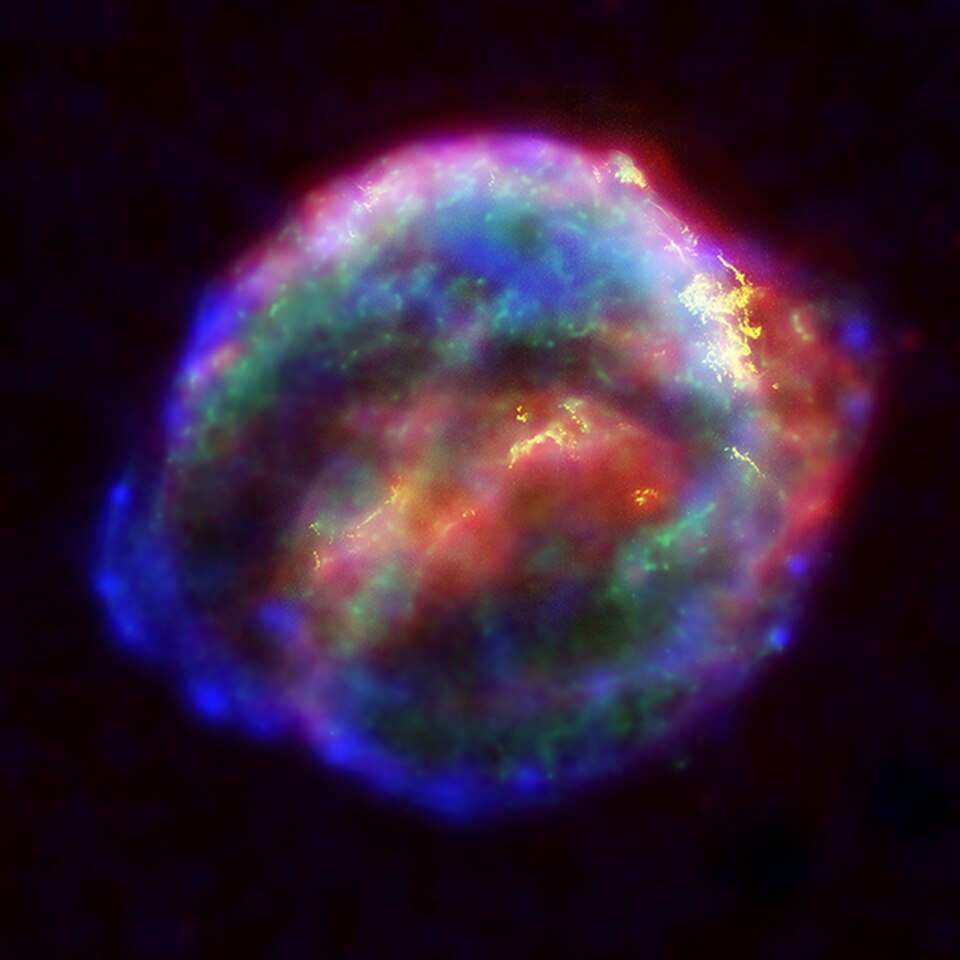r-process
Human imagination can't make much of a dent in understanding what happens when big stars die. Other than gamma ray bursts and the Big Bang itself, there's nothing that happens in the universe that approaches the violence of a core-collapse supernova. What boggles my mind about these events isn't so much that the flux of neutrons is so intense that the mass of radiation in motion is on the same scale as the winds of a hurricane, it's that these events happen all the time. Billions, possibly hundreds of billions, of supernovae have happened in the Milky Way since its formation, making these explosions commonplace in the scheme of things. It's a good thing, too. If such violence wasn't common throughout the universe the gold, silver, and platinum of jewelry, the uranium and thorium of nuclear power, the copper of electrical wiring, and the nickel and neodymium of small efficient motors would be scarcer still than they already are.

No comments:
Post a Comment